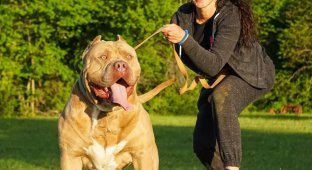American Bullies have quickly become a fashion trend and a news item. On social media, they're sweet and cuddly, tenderly playing with tiny kittens and sleeping cuddled with children. 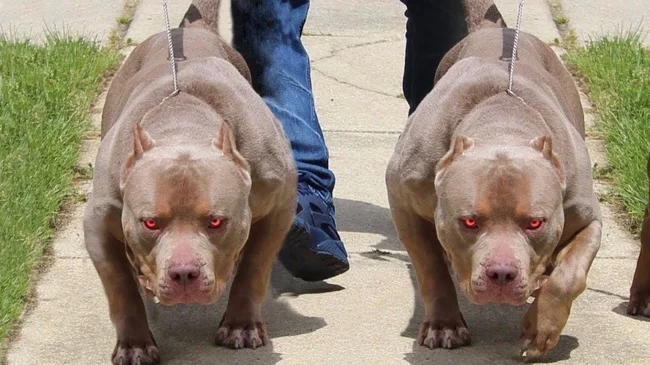
You're tempted to write to the breeder; it's impossible to resist the charisma of these musclemen... But then the next day you check the news and—oh, horror! "An American Bully ate ten people and a deputy!" "They're going to ban the breed across the galaxy!" How can you believe all this is being said about the same breed? 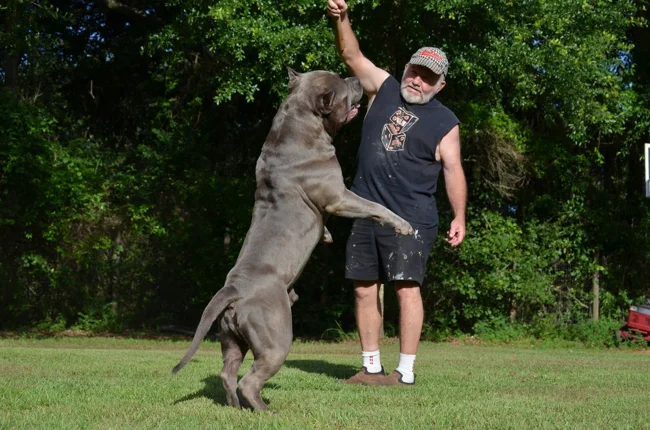
That same guy sidling through the doorway.
The American Bully is that muscular dog with a hippopotamus face and the muscles of a professional bodybuilder. Powerful, strong, charming, and, as breeders say, exceptionally obedient. If you listen to them, these dogs are truly masters of all trades. They get along with all living things, like Labradors, but will also defend their owners as fiercely as an Alabai. They remain mischievous all their lives, like Jack Russells, but can also spend all day lounging on the bed like pugs. Moreover, different buyers can be told completely opposite information about the same puppies. 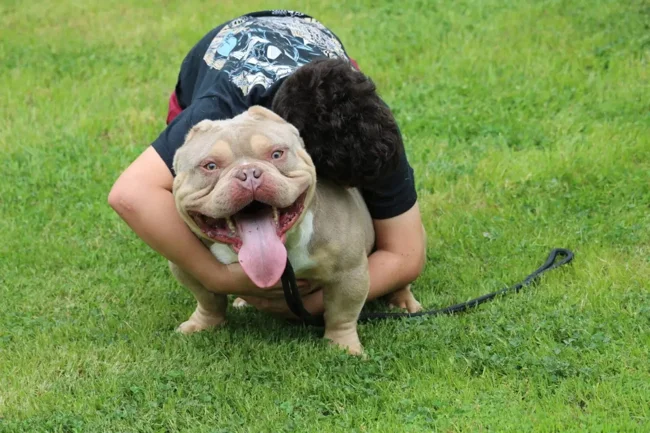
It's an awkward feeling when a dog's head is bigger than your own.
What about Google? It's also ambiguous. The information you find online about bullies will also depend on what you're looking for. Type a negative query, and news reports and scandals pop up. Type a positive one, and all the articles are about how wonderful this breed is and how it should be in every home. So, there's a sea of information, but it's unclear how much of it is true. Let's figure it out! 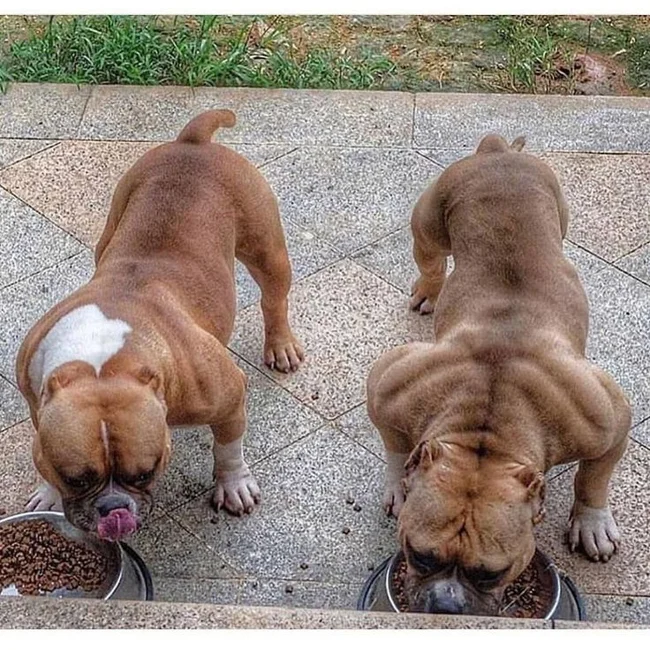
I wonder how many kilos of protein a day it takes to feed them?
First, let's run through the breed's history. American Bullies were developed abroad in the 1990s. There, just like in our country, at that time, gangsters and mobsters were rampant, with a ton of gangs, rappers, and other shady characters. One of the main attractions in these circles was underground dog fighting. Pit bulls and Staffordshire terriers traditionally competed in these fights, so over time, the image of these dogs became firmly associated with gangsters. But one day, cynologists grew tired of this state of affairs and decided to develop a new breed of dog that would retain the "dangerous" appearance but be a safe family companion. This is how the Bully was born. 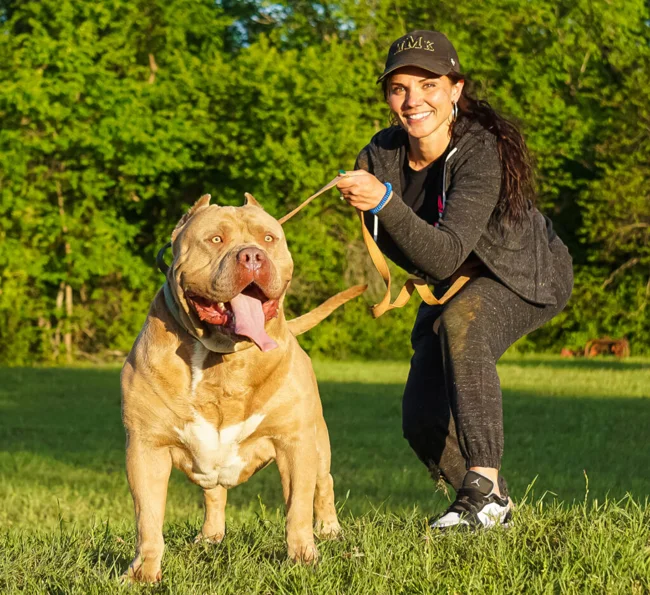
With such a protector, even a night walk isn't scary!
To create them, the most muscular fighting dogs were infused with the blood of bulldogs, mastiffs, and other breeds—to make the final version as versatile as possible. And it even seemed to improve their character, removing excessive aggression and the desire to destroy all living things. Bandits also took a liking to the Bully. So, some of the new breed ended up in the wrong hands, where the emphasis was placed solely on appearance, and the character was forgotten. 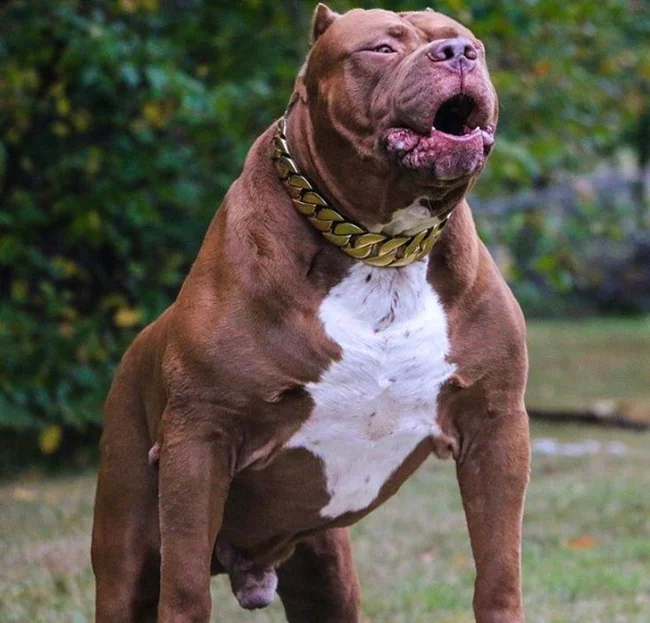
*raps in dog language*
Then gangsters fell out of fashion, and American Bullies remained in the hands of a limited group of enthusiasts. Until recently, demand for them was low, and no one wanted to mess with charismatic musclemen. So much so that in their 30-plus years of existence, Bullies haven't even acquired a single standard. And such a standard, in fact, should have been written and adopted in the first years of a new breed's development. 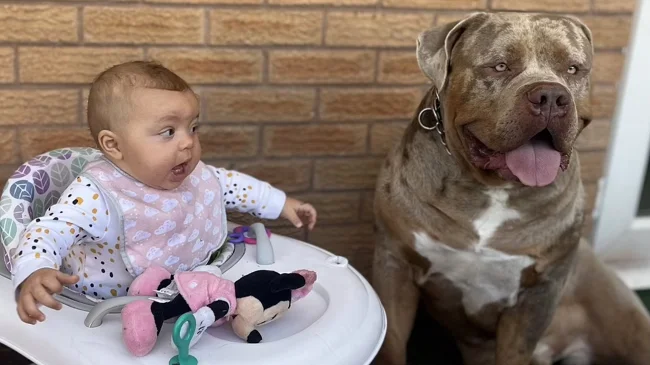
A fluffy (and muscular) Nyan.
Today, you can find dogs in four different sizes: from square-shaped XL versions standing 60 centimeters at the shoulder and weighing 60 kilograms, to pocket-sized monsters standing about 30 centimeters at the shoulder and weighing 15 kilograms. Plus two intermediate sizes—the range is huge! And what's more, there are different types! Some dogs look like regular pit bulls: lean, fit, and athletic. Others, however, don't fit through the door—they're so wide! 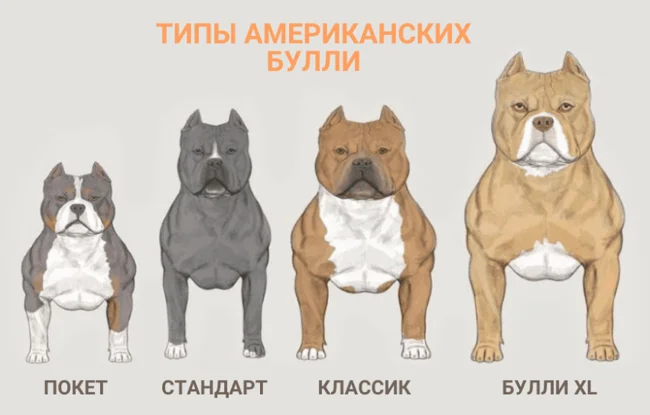
One breed type is twice as large as the other. This doesn't happen in any other independent breed!
That's because American Bullies are a "raw" breed. For example, look at a Labrador. Yes, they're all slightly different, but there are no Chihuahua-sized miniatures or giants fit for riding. Standards are set, the breed's development is complete. American Bullies have many different lines, formats, versions, and, even more so, many different personalities. Do you think that because dog breeders couldn't settle on a type and standards, they ensured a consistent temperament for all dogs? 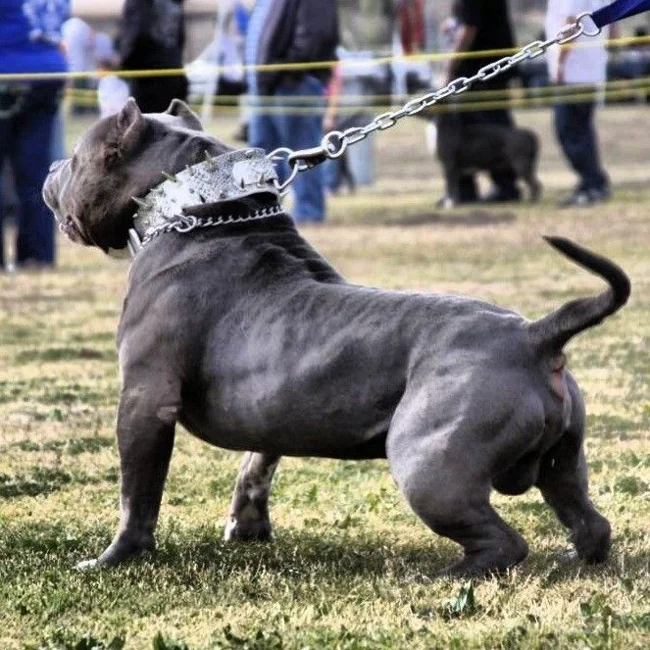
How I feel after leaving the gym (which I've been to for the first time in a year).
In the 2020s, fashion came full circle and returned to the American Bully. It was a crude, unfinished project with a huge internal imbalance. And everyone and their dog started breeding puppies for the money. The breed was already in trouble, and after amateurs took over, it got even worse. 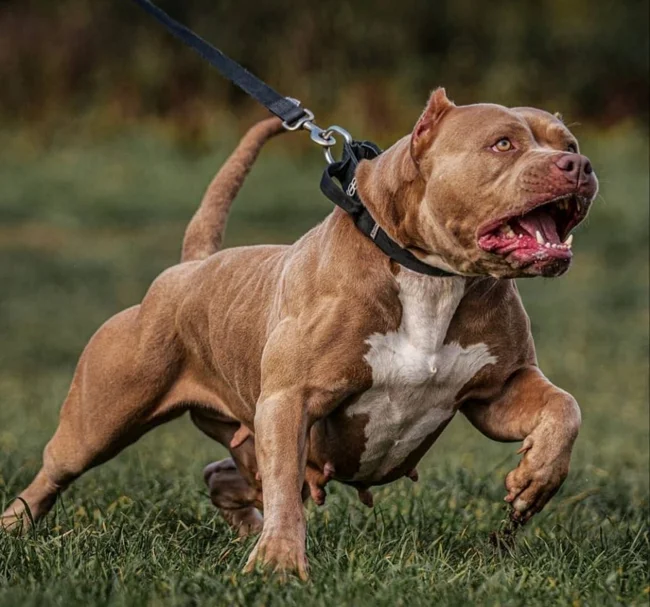
Try not to buy one of these a treat!
Some Bullies are physically painful to look at. Their heads become the size of a horse's, their legs spread out so much that their bellies drag along the floor, and their disproportionately large muscles make it difficult to move normally. The result of the internet's sick fantasies—they demand the most brutal, beefiest dog on the planet! 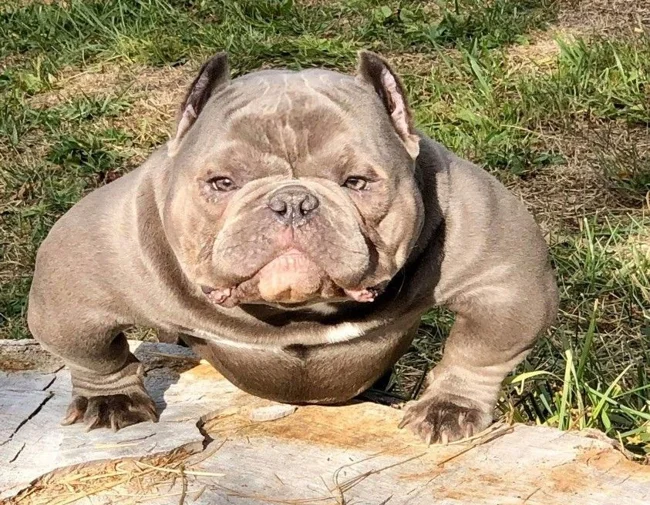
You've certainly built up my muscles. But how can I walk now?
But most importantly: poor breeding leads to mental health issues. By looking solely at external characteristics, incompetent breeders erase all the work of dog trainers to soften the bully's character. This is how aggressive behavior and timidity emerge. 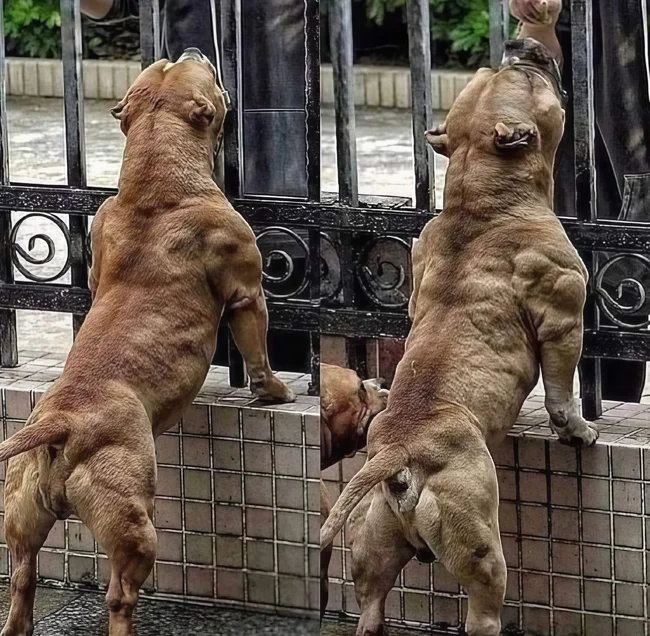
It's unclear whether they want to eat you or lick you to death.
The first is dangerous for animals. Bullies were bred from fighting dogs of the 90s, remember? If you ignore this fact, you'll get a dog that wants to devour every living creature within a 10-kilometer radius. Cowardice is the other extreme, which will ultimately harm humans. A nervous dog weighing nearly 60 kg won't cower in a corner. Out of fear and stress, it will destroy the house and bite. 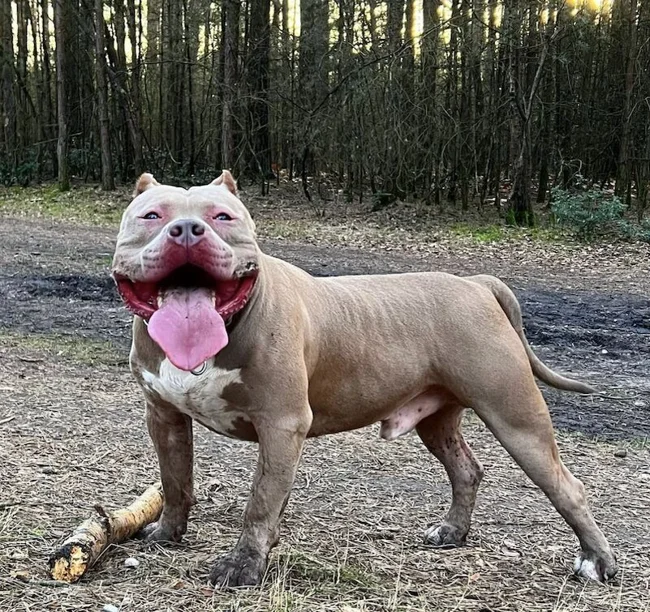
Hello! Let me compliment you: your cat looks very appetizing!
Yes, an amateur approach can ruin any breed—that's what happened with Chihuahuas, Corgis, and Bulldogs. But American Bullies are a different story entirely. When large, strong dogs bred poorly fall into the wrong hands, something is bound to happen. 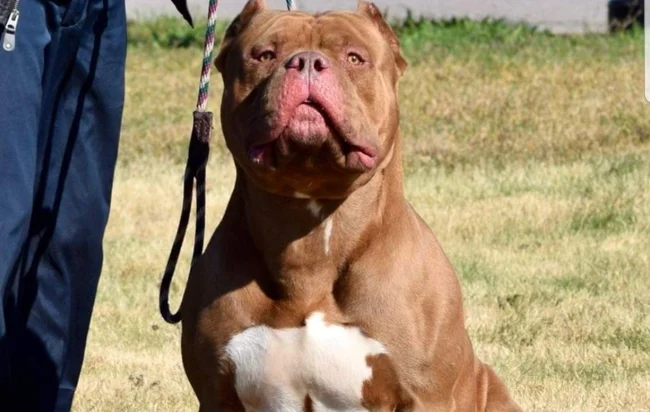
Of course, a dog's character depends on more than just genetics. How the owner trains (or doesn't train) the dog plays a key role in the pet's behavior. But if you let things go wrong with the hands of bad breeders, disaster is highly likely.
So, it turns out that this breed of dog can't be summed up simply as "yes, they're sweet little creatures" or "no, they're cruel psychopaths, stay away from them." Within the breed, there are both. It's difficult, but possible, to figure out which is which. The main thing is to use your own judgment and approach the puppy selection wisely, familiarizing yourself with all the pitfalls. Check the pedigree, talk to the puppies' parents and the breeder. That way, you won't be supporting the breeders and won't run into any problems yourself! 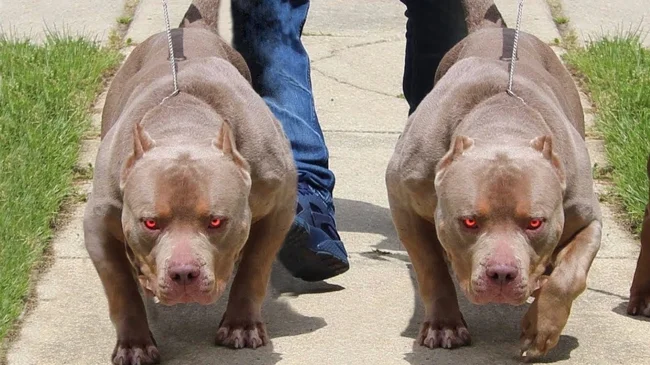
Cerberus disconnected.
Add your comment
You might be interested in:












